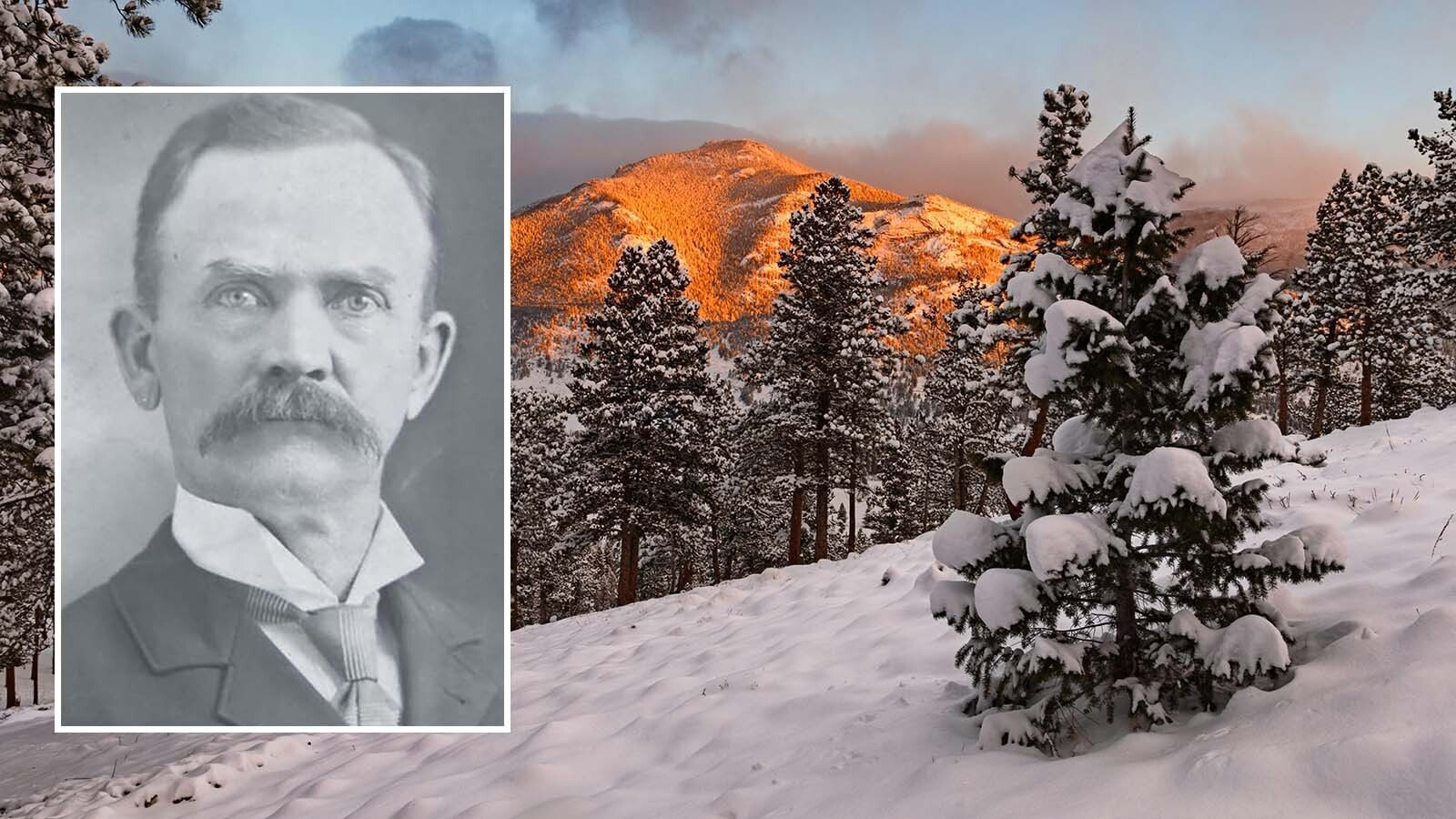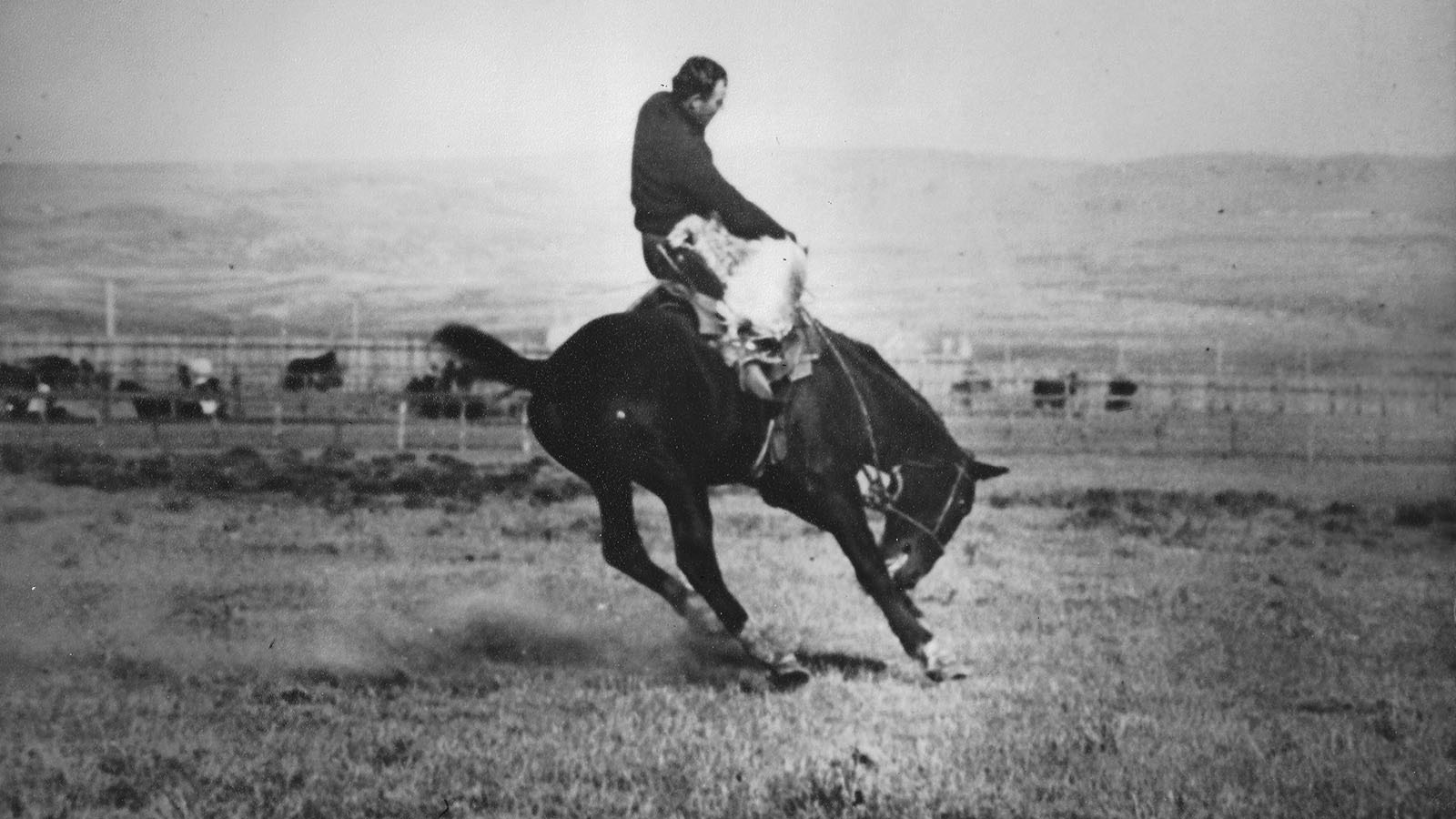The 1830s witnessed three outstanding artists — George Catlin, Karl Bodmer and Alfred Jacob Miller — wandering the vast wilderness of the trans-Mississippi River, intent on graphically capturing the lifestyles of the Plains-dwelling Indians before they were changed by rapidly approaching civilization.
Each man returned to the East and eventually produced hundreds of sketches and paintings depicting members of the various tribes encountered on his journey.
George Catlin was the first of the three to make the trip West.
Born in 1796 in Wilkes-Barre, Pennsylvania, Catlin was engrossed as a child by tales told to him by his mother, a one-time captive of the Indians.
Trained as an attorney, he was ill-suited to the lifestyle of a barrister, so when he was around 27 years old, he gave up his law practice, moved to Philadelphia and began painting portraits for a living. Within a year of his career move, he was recognized among his new peers and elected to the prestigious Pennsylvania Academy of Fine Arts.
Although he enjoyed painting, Catlin became disenchanted with his job as a portraitist and yearned for something more exciting.
“My mind was continually reaching for some branch or enterprise of the arts, on which to devote a whole lifetime of enthusiasm,” he lamented.
After observing a delegation of American Indians visiting in Philadelphia, Catlin settled on a mission that he was to follow for the rest of his life. He resolved that “the history and customs of such a people preserved by pictorial illustration are themes worthy the lifetime of one man, and nothing short of the loss of my life shall prevent me from visiting their country and becoming their historian.”
Catlin took his first trip West in 1832, all the way to Fort Union aboard the steamboat Yellowstone. Subsequent journeys in 1834 to visit the tribes of the southern Great Plains and in 1835 to paint the natives of the upper Mississippi River region provided the artist with endless subjects to paint, and he worked feverishly to get all his work accomplished.
It was his last trip, however, in 1836 that carried him to Minnesota’s famed Pipestone Quarry, which ended Catlin’s career as a painter and launched his second calling as promoter of his own art.
In His Own Words
During his three previous forays West, he had been intrigued by the great amount of beautiful, reddish-colored pipestone that members of the various tribes used in the manufacture of their calumets and pipes.
Whenever one of the smokers was questioned, the answer regarding the stone’s origin was always the same — it came from a sacred quarry located in the southwestern corner of present-day Minnesota.
Before returning East and assuming the role of marketing his canvasses, Catlin resolved to visit the mysterious rock quarry.
Catlin and a companion neared the legendary site in late summer 1836. After being threatened by Sioux Indians not to go near the place, the hard-headed Catlin proceeded anyway and, as it turned out, safely. In so doing, he became the first white man of record to view the awesome sight.
Later, he wrote of his first encounter with the magnificent wonderland.
“On the very top of this mound or ridge, we found the far-famed quarry or fountain of the Red Pipe, which is truly an anomaly in nature,” he wrote.
“The principal and most striking feature of this place, is a perpendicular wall of close-grained, compact quartz, of twenty-five and thirty feet in elevation, running nearly North and South with its face to the West, exhibiting a front of nearly two miles in length, when it disappears at both ends by running under the prairie,” Catlin added.
“The depression of the brow of the ridge at this place has been caused by the wash of a little stream, produced by several springs on the top, a little back from the Wall; which has gradually carried away the super-incumbent earth, and having bared the wall for the distance of two miles, is now left to glide for some distance over a perfectly level surface of quartz rock.”
Catlin further described the area: “This beautiful wall is horizontal, and stratified in several distinct layers of light grey [sic], and rose or flesh-coloured quartz; and for most of the way, both on the front of the wall, and for acres of its horizontal surface, highly polished or glazed, as if by ignition.
“At the base of this wall there is a level prairie, of half a mile in width, running parallel to it; in any and all parts of which, the Indians procure the red stone for their pipes, by digging through the soil and several slaty layers of the red stone, to the depth of four or five feet. From the very numerousmarks of ancient and modern diggings or excavations, it would appear that this place has been for many centuries resorted to for the red stone; and from the great number of graves and remains of ancient fortifications in its vicinity, it would seem, as well as from their actual traditions, that the Indian tribes have long held this place in high superstitious estimation; and also that it has been the resort of different tribes, who have made their regular pilgrimages here to renew their pipes.”
The Legend Grows
While at the quarry, Catlin collected samples of pipestone and passed them on to the scientific community back East.
It was soon declared that the stone represented “a new mineral compound” and was named “Catlinite” in honor of the painter. The American Indians who continued to mine the red stone simply refer to it as pipestone.
When Catlin retired from active painting, he toured extensively across the eastern United States and on the Continent. His traveling “Indian Gallery,” as he called the huge collection of paintings and drawings of his beloved natives, showed to enthusiastic crowds in New York, Washington, D.C., Baltimore, Philadelphia and Boston before being taken to Europe in 1840.
There, for the next several years, his work was displayed in London, Paris and Brussels.
Unable to raise money by persuading the federal government to purchase his Indian Gallery, he soon fell on hard times. In the meantime, his wife died, and Catlin traveled extensively throughout South America before finally returning to the United States in 1870.
Catlin died in 1872 at the age of 77. At the time, the fate of his beloved Indian Gallery was still uncertain. The U. S. government steadfastly refused to buy it, but seven years later, the remaining collection was finally acquired by the Smithsonian Institution through the courtesy of a private donor.
Today, several of the artist’s most famous paintings hang in Washington’s National Gallery of Art, where they are viewed by hundreds of thousands of admirers annually.
The pipestone quarry he visited also can be visited. It is part of Pipestone National Monument in Minnesota.
James A. Crutchfield can be reached at TNcrutch@aol.com.








